Dynamical Models of Happiness
J. C. Sprott
Department of Physics, University
of
Wisconsin - Madison
ABSTRACT
A sequence of models for the time evolution of one's happiness in
response to external events is described. These models with added
nonlinearities can produce stable oscillations and chaos even
without external events. Potential implications for psychotherapy
and a personal approach to life are discussed.
Ref: J. C. Sprott, Nonlinear
Dynamics, Psychology, and Life Sciences 9, 23-36
(2005).
The complete paper is available in
PDF format.
See the companion paper on Dynamical
Models of Love
A less technical, more personal version of this is in Chapter 18
of my
Memoirs.
Return to Sprott's Books and Publications.

Fig. 1. Possible responses of the happiness model in Eq. 1 to
an isolated event.
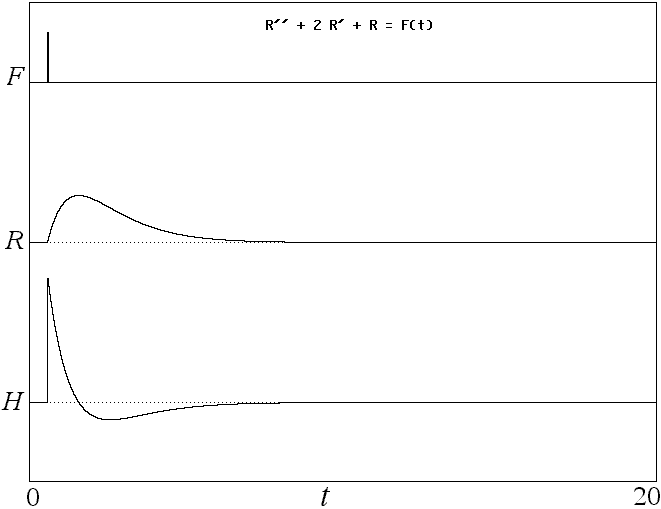
Fig. 2. Response of happiness (H) to a single event like
winning the lottery from Eq. 1 with critical damping.
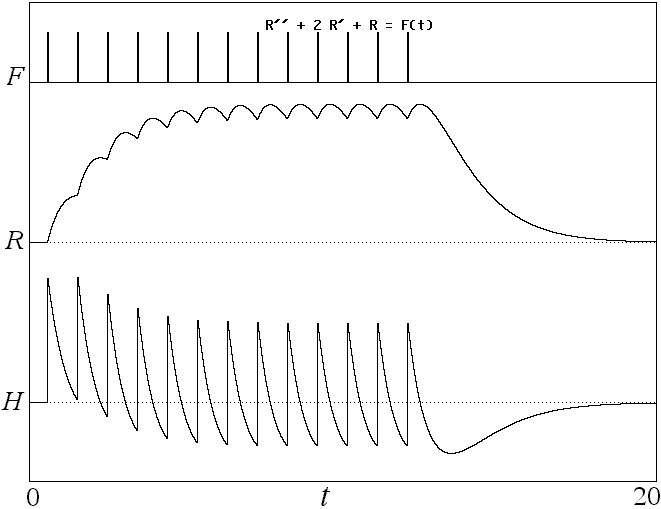
Fig. 3. Response of happiness (H) to a periodic stimulus
such as drug addiction from Eq. 2.
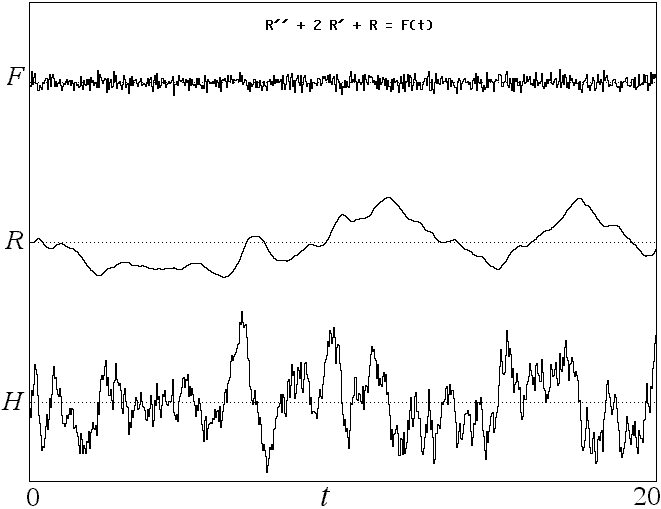
Fig. 4. Response of happiness (H) to Gaussian white
noise typical of real life from Eq. 2.
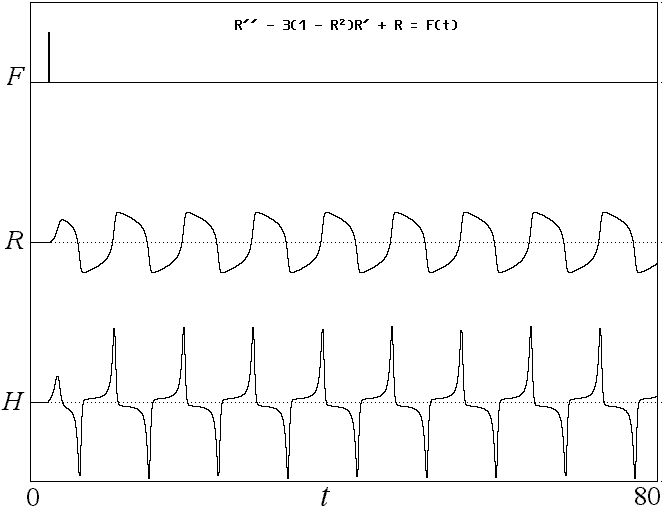
Fig. 5. Limit cycle behavior modeling a bipolar disorder from
Eq. 3.
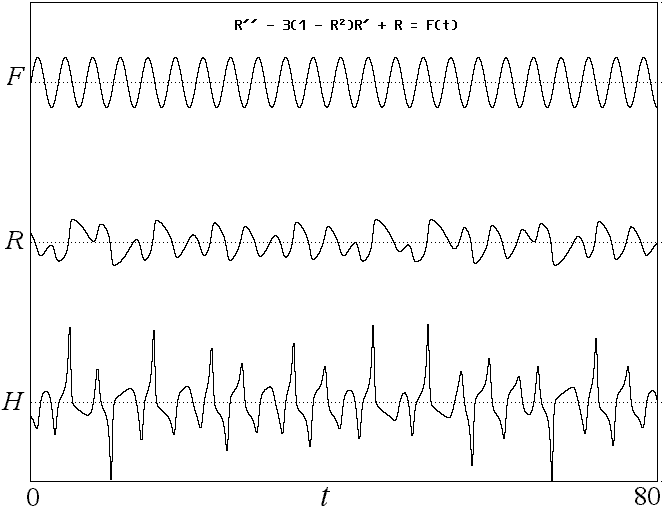
Fig. 6. Chaotic behavior of happiness (H) with a
periodic forcing from Eq. 3.
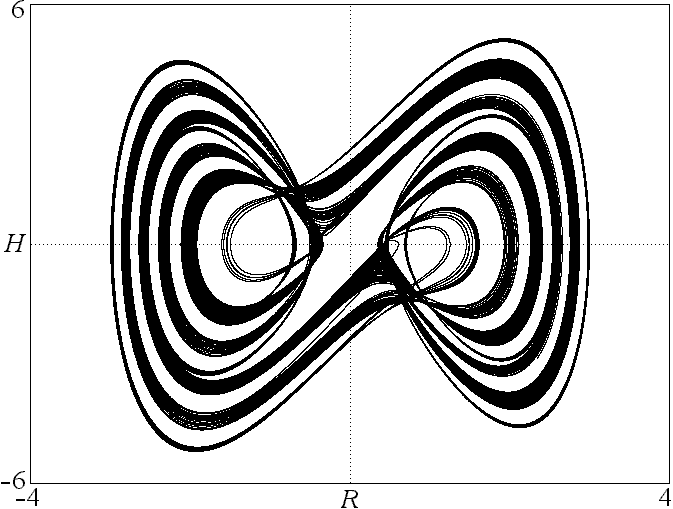
Fig. 7. Strange attractor from the happiness model with
anticipation in Eq. 4.






